xj0hnx
No longer a newbie, moving up!
- Joined
- Jan 12, 2012
- Messages
- 345
- Reaction score
- 74
- Location
- Corpus Christi, TX
- Can others edit my Photos
- Photos OK to edit
So I was out trying different shutter speeds to get the best back/foreground blur, and keep in focus on the car, and the sweet spot is 1/45 f/27 @ ISO 160. This was the clearest shot I got out of probably 40. Is there a trick to it? Would a tripod help, or hender? Different settings? Or is it all just practice, practice, practice?

Caddy by xj0hnx, on Flickr

Caddy by xj0hnx, on Flickr


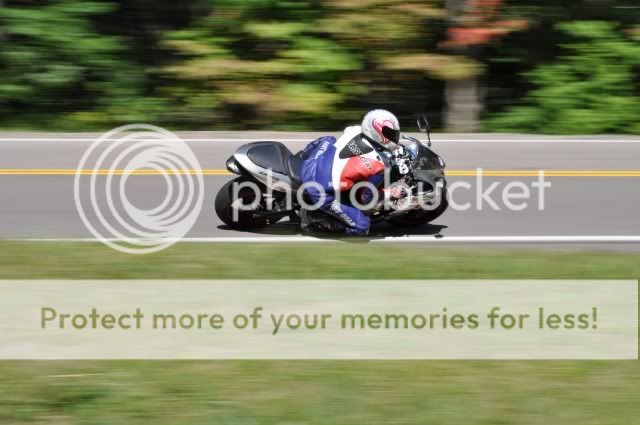
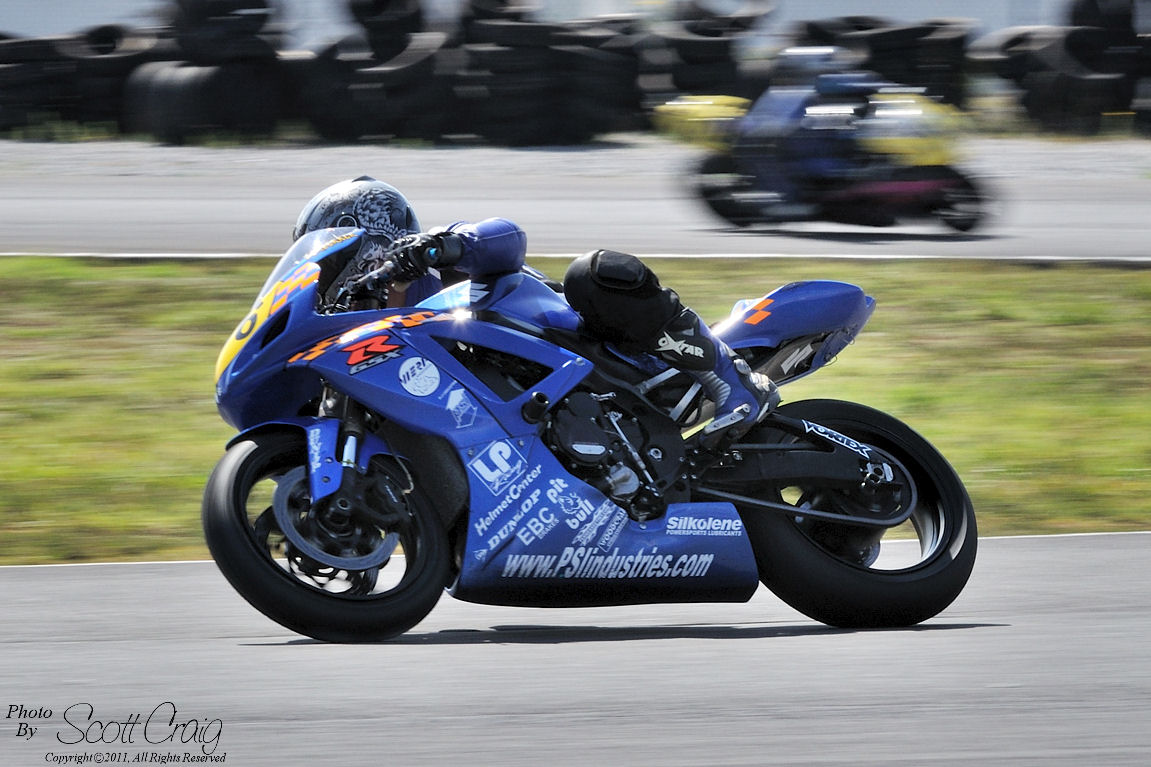


![[No title]](/data/xfmg/thumbnail/31/31096-b9b8d52b45753cd4f9251832149ef9da.jpg?1619734613)
![[No title]](/data/xfmg/thumbnail/31/31739-79afec4abf40a7270ab73b65a6bbf108.jpg?1619734985)
![[No title]](/data/xfmg/thumbnail/30/30991-43abf4dfee0a54010692c71c43f40981.jpg?1619734555)

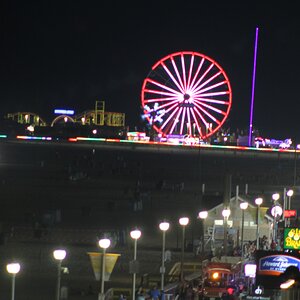
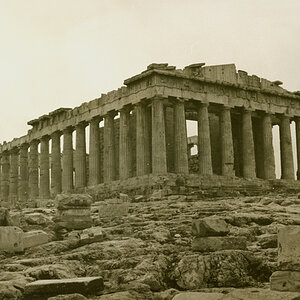

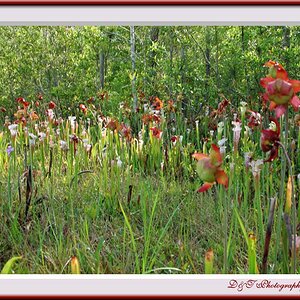


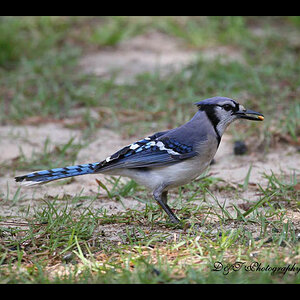
![[No title]](/data/xfmg/thumbnail/30/30990-df3df397f705643bc2c207cc9d579d08.jpg?1619734554)